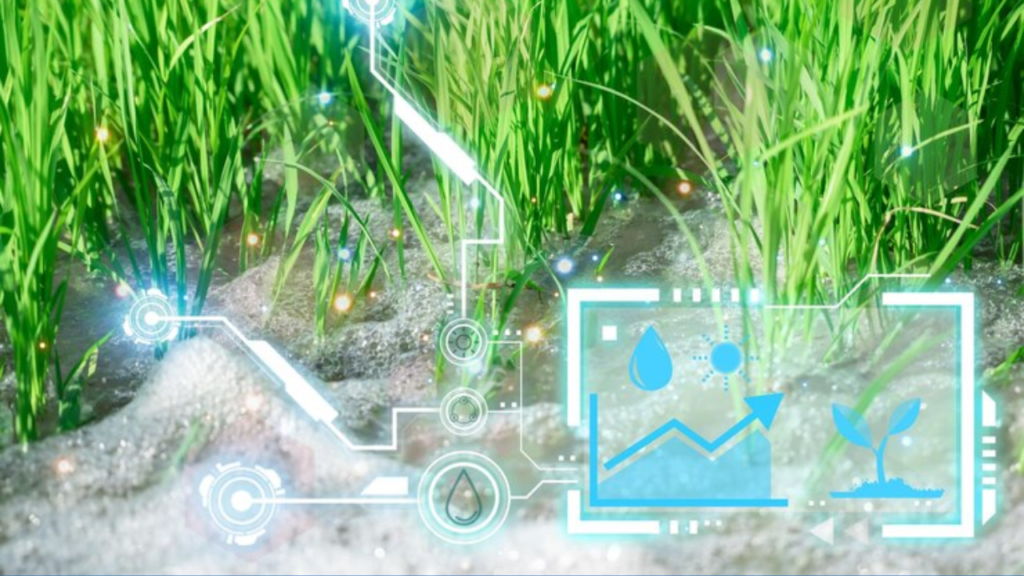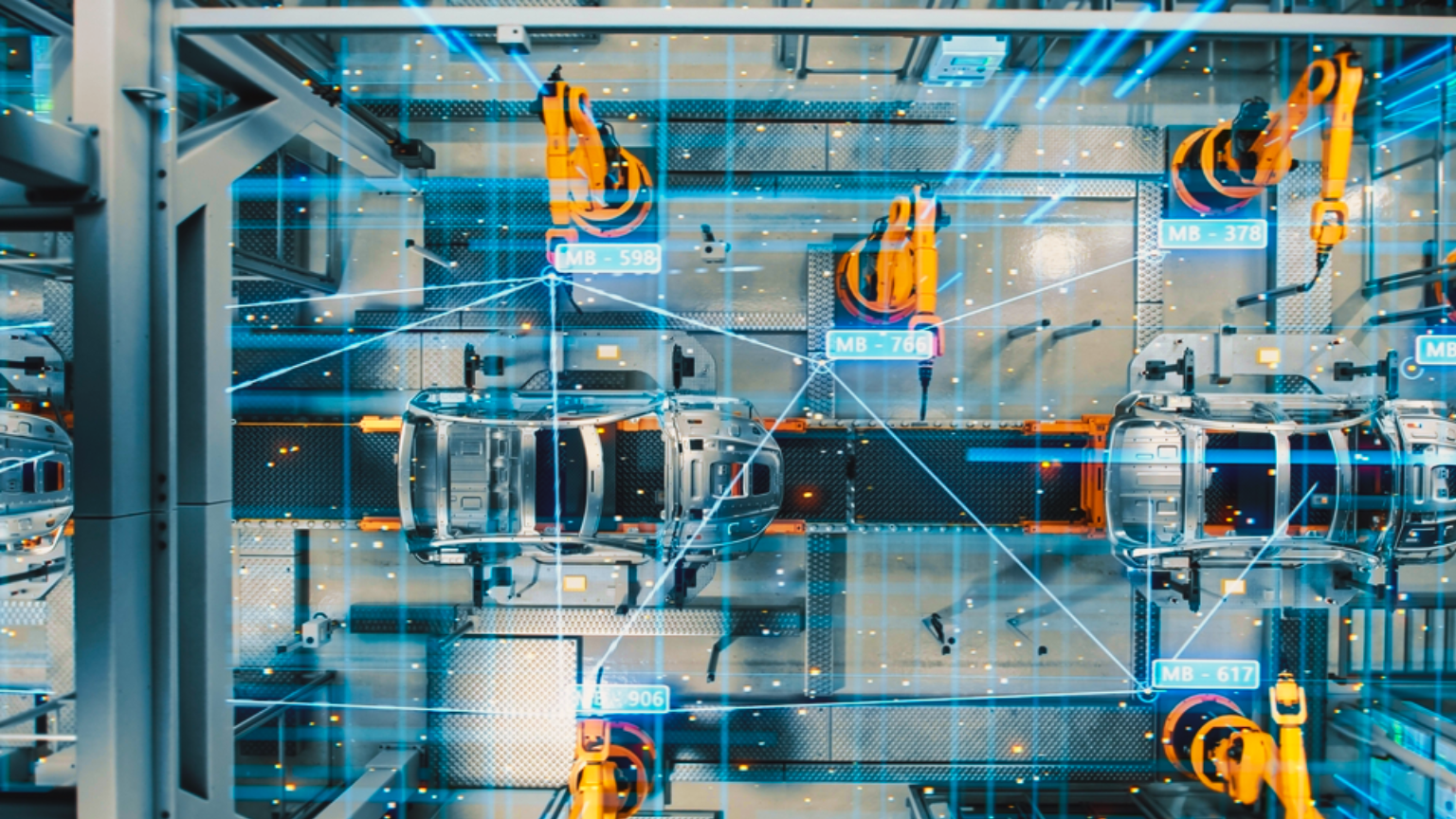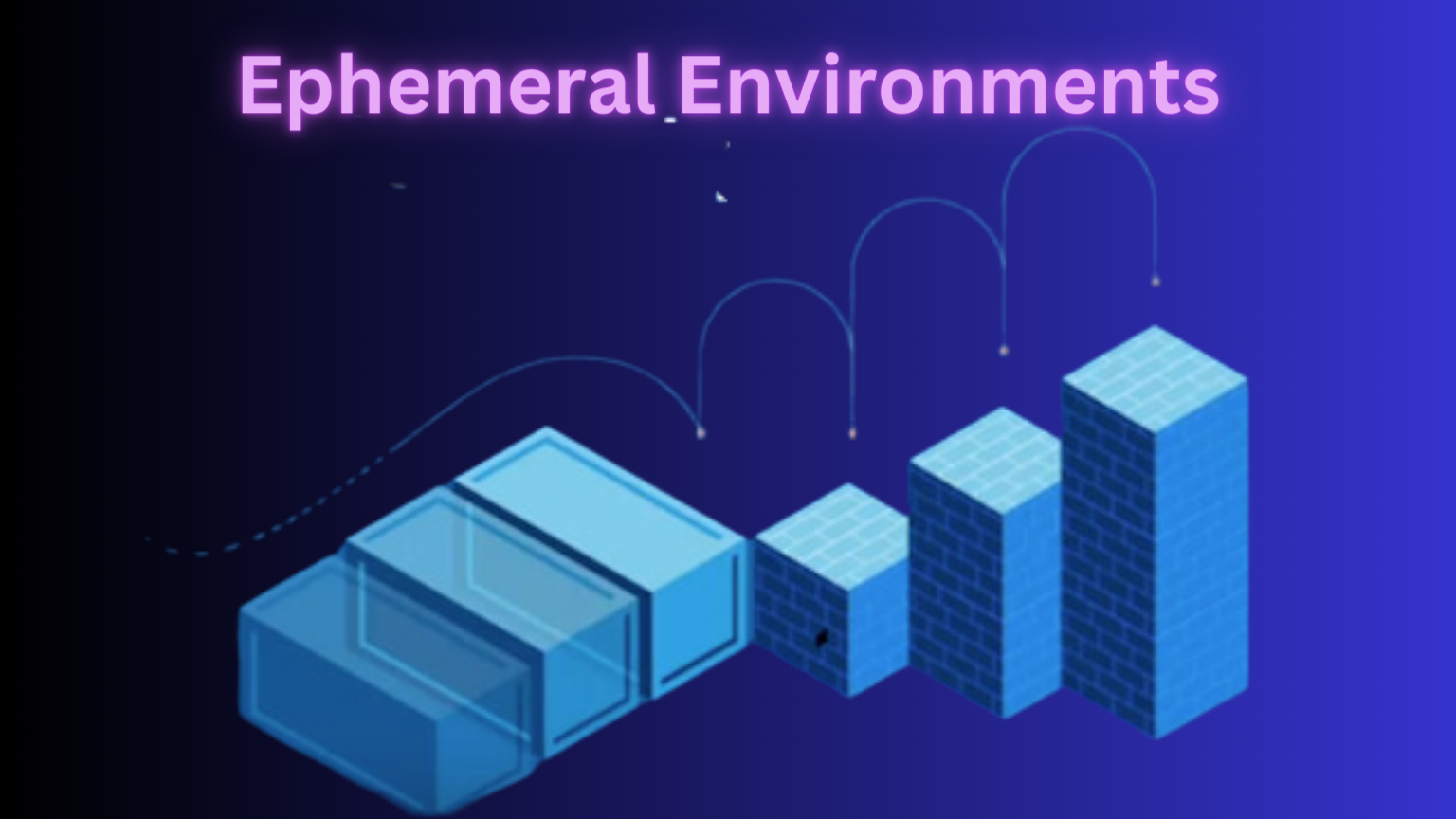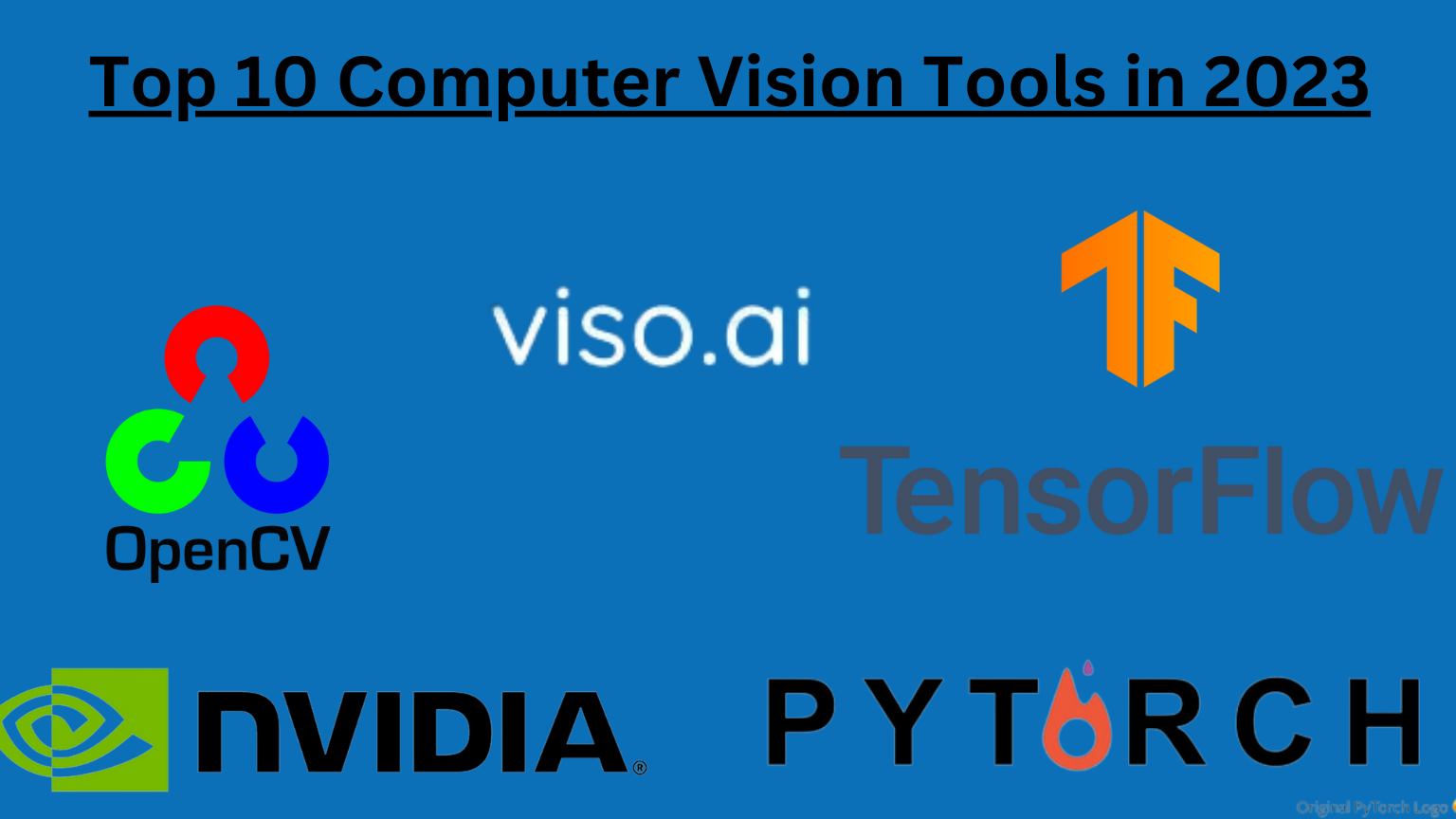Today the farming world has changed a lot. Now, technology is helping crops grow better than ever before. In this blog, we’ll explore the amazing ways computer vision, a smart computer skill, is transforming agriculture. No more guesswork for farmers – computer vision helps them see and understand their fields like never before. From spotting pests to measuring plant health, let’s dive into how this tech is turning farms into high-tech hubs!
Some Application of Computer Vision in Agriculture
1: Investigating Shape Traits Heritability for Cultivar Descriptions:
Shape analysis can be used to study the genetic basis of shape traits in agricultural products. This information can be used to develop new cultivars with desirable shape characteristics.
2: Plant Variety or Cultivar Patents
Shape analysis can be used to establish the uniqueness of a new plant variety or cultivar. This information can be used to obtain a patent for the new variety or cultivar.
3: Evaluation of Consumer Decision Performance
Shape analysis can be used to study how consumers perceive the shape of agricultural products and how this perception affects their purchasing decisions. This information can be used to develop marketing strategies that take into account consumer preferences for certain shapes.
4: Product Sorting
Shape analysis can be used to sort agricultural products based on their shape characteristics. This can be done using machine vision and pattern recognition techniques, which offer many advantages over conventional optical or mechanical sorting devices.
5: Clone Selection
Shape analysis can be used to select clones of agricultural products with desirable shape characteristics. This information can be used to develop new cultivars with desirable shape characteristics.
In addition to the above applications, shape analysis can also be used for product characterization, taxonomical purposes, and cultivar/stain origin assessment.
Computer vision technology plays a crucial role in shaping the analysis of agricultural products. Here are some ways in which computer vision technology aids in shape analysis:
How does computer vision technology aid in shaping the analysis of agricultural products?
1: Image Processing Algorithms:
Image processing algorithms have been developed to objectively measure the external features of agricultural products. These algorithms can be used to extract shape information from images of agricultural products.

2: Automated Shape Processing System:
A new automated shape-processing system has been proposed that could be useful for both scientific and industrial purposes. This system forms the basis of a common language for the scientific community. The system uses machine vision and pattern recognition techniques to sort agricultural products based on their shape characteristics.
3: Multivariate Statistics:
Multivariate statistics can be used to analyze the shape data obtained from agricultural products. This can help identify patterns and relationships between different shape characteristics.
4. Operative Matlab Codes:
Operative Matlab codes for shape analysis are available, which can be used to analyze the shape of agricultural products. These codes can be used to extract shape information from images of agricultural products and perform statistical analysis on the shape data.
How to Mitigate DDoS Attacks: A Comprehensive Guide
5. Non-Destructive Testing:
Computer vision technology can be used for non-destructive testing of agricultural products. This means that the shape of the product can be analyzed without damaging it. This is particularly useful for products that are delicate or have a short shelf life.
So, computer vision technology aids in shape analysis of agricultural products by providing image processing algorithms, an automated shape processing system, multivariate statistics, operative Matlab codes, and non-destructive testing.
While shape analysis has many potential applications in the agricultural industry, there are also several limitations and challenges to implementing this technology. Here are five such limitations or challenges:
Are there any Limitations or Challenges?
While shape analysis has many potential applications in the agricultural industry, there are also several limitations and challenges to implementing this technology. Here are five such limitations or challenges:
1: Variability in Shape:
Agricultural products can have a high degree of variability in shape, even within the same cultivar. This variability can make it difficult to develop algorithms that accurately measure shape characteristics.
2. Image Acquisition:
Obtaining high-quality images of agricultural products can be challenging. Factors such as lighting, camera angle, and background can all affect the quality of the image. This can lead to errors in shape analysis.
3. Processing Time:
Shape analysis can be computationally intensive, particularly when analyzing large datasets. This can lead to long processing times, which can be a barrier to implementing this technology in the agricultural industry.
4. Cost:
Implementing shape analysis technology can be expensive, particularly for small-scale farmers. The cost of equipment, software, and training can be a barrier to adoption.
5. Lack Of Standardization:
There is currently a lack of standardization in shape analysis methods for agricultural products. This can make it difficult to compare results between studies and can limit the usefulness of this technology.
Datacamp vs Codecademy: Which Platform is Right for You?
Final Thoughts!
In summary, the limitations and challenges to implementing shape analysis in the agricultural industry include variability in shape, image acquisition, processing time, cost, and lack of standardization. Addressing these challenges will be important for the widespread adoption of shape analysis technology in the agricultural industry.

















